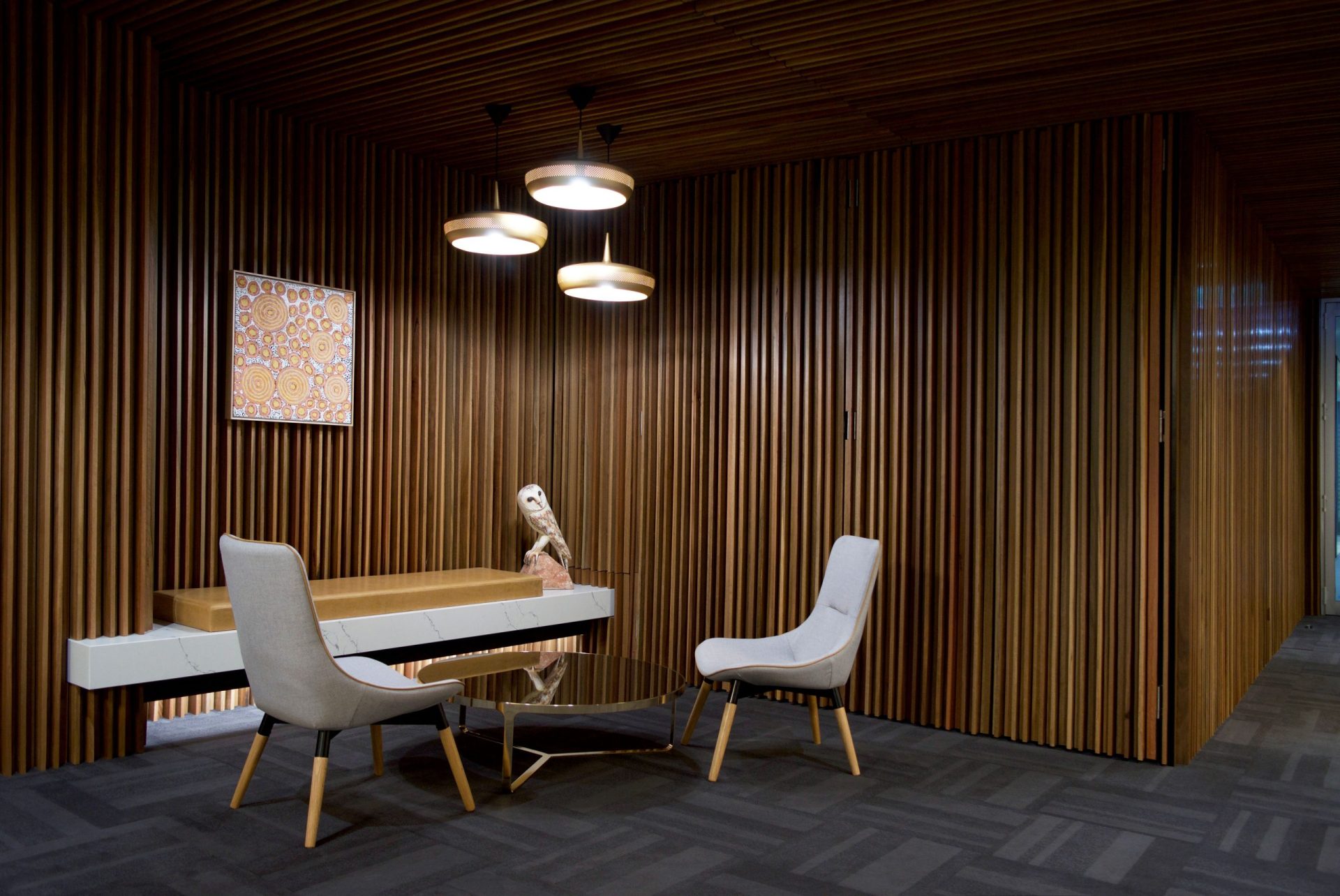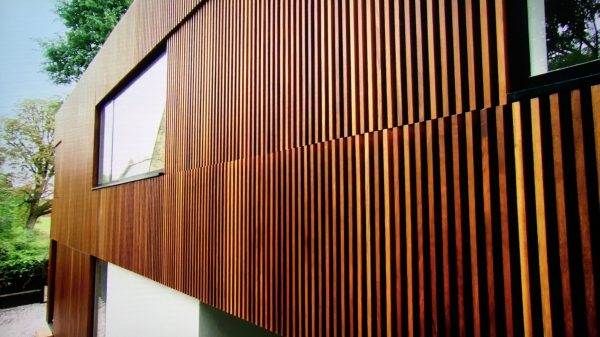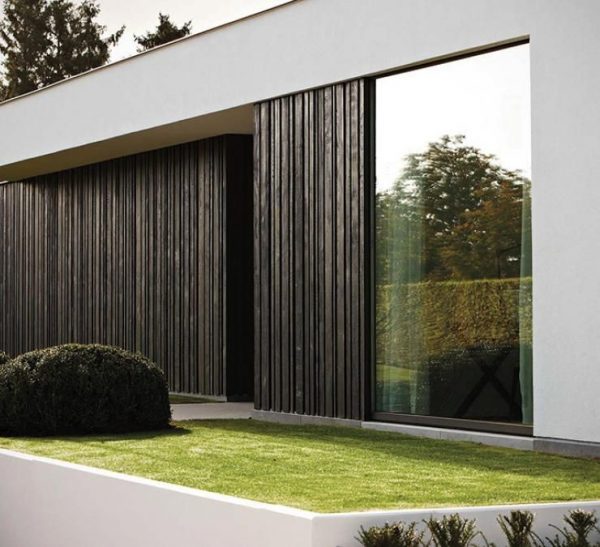Cladding is a material that’s affixed to the exterior of a building to provide a decorative, functional and protective finish. With wood cladding, you’ll find boards that are long, narrow and overlapped. But, the cladding can also be in form of panels or shingles. You can install Timber Cladding diagonally, vertically or horizontally, depending on the look you want to achieve. Here are more advantages of wood cladding.
- Simple to Install
Since wood is lightweight, the installation process is much easier. For instance, someone can attach individual planks to the exterior walls quickly and conveniently. So, finishing such a project won’t take much of your time compared to similar projects using a different finish.
- Health Benefits
Apart from good looks, wood cladding is popular for modern and educational buildings for other reasons like stress reduction and increased productivity. Regardless of whether it’s a hospital or academic center, architects can stand out by incorporating wood cladding and allowing users to enjoy the benefits.
Besides offering insulation for your house, wood cladding is also crucial in protecting the walls of your building from mold and dampness. Plus, wood cladding is a more sustainable building material than other options. Though there is the fear of deforestation, you can get wood cladding from ethical suppliers, hence acquiring environmentally sound products.
- Cost and Acoustic Sounds
Compared to other exterior finishing options like aluminum and concrete, wood cladding is cost-effective because wood is more affordable. Wood is also cheap to maintain, and with its existing insulation properties, Timber Cladding brings down the energy bills. The siding you choose can also help in keeping your house nice and warm.
Some materials facilitate noise to filter through the walls. But Timber Cladding filters and minimises noises since wood has good sound absorption.
- Durability and Environmentally Friendly
When you optimise wood cladding’s durability through modification, it can last for several decades. Durability varies with the wood type, hence why clients opt for modified wood to acquire aesthetic benefits with improved resistance against mold and insect damage.
Some construction materials are non-renewable, but wood is renewable. So, minimal amounts of non-renewable fossil fuels are needed to produce wood. Since you can recycle wood, it serves as an environmentally friendly construction material.
- Effective Insulation
The insulation properties of wood ensure that heat doesn’t escape during extreme weather seasons like summer and winter. So, the house feels cool in summer and comfortable during winter. This feature eliminates the need to use AC units, hence minimising energy costs.




